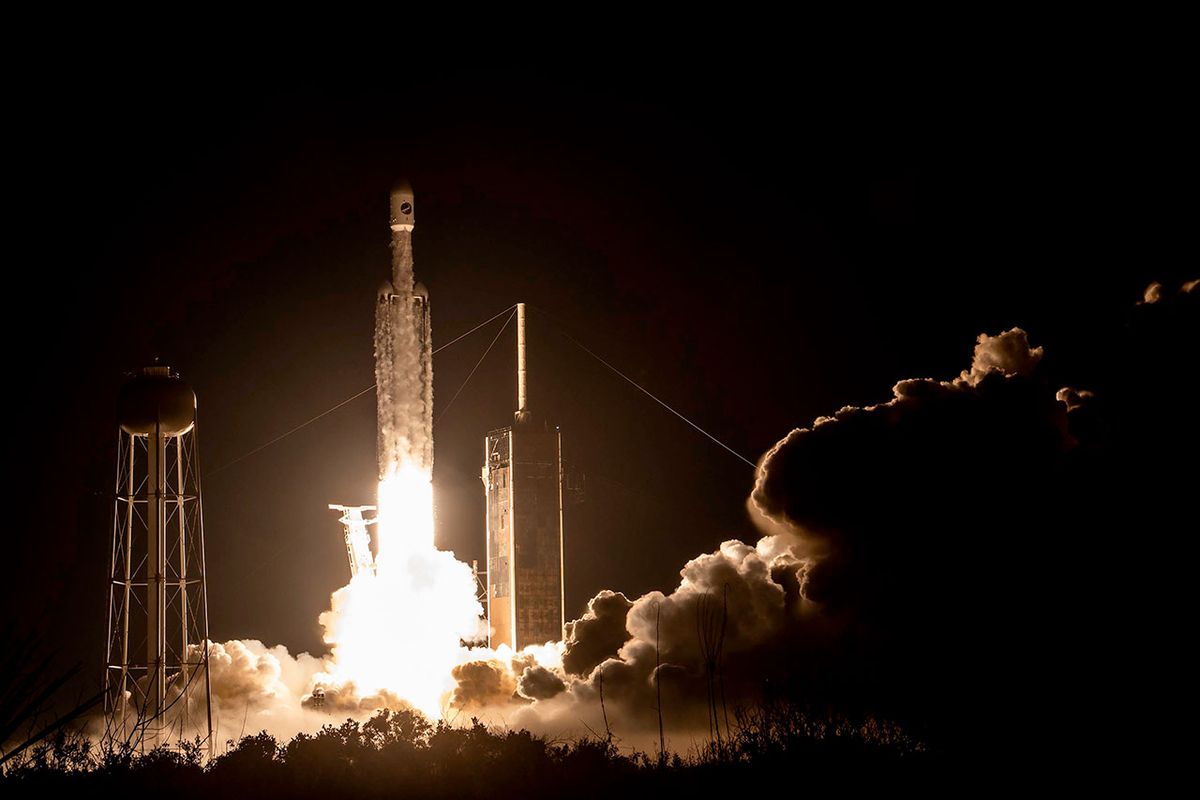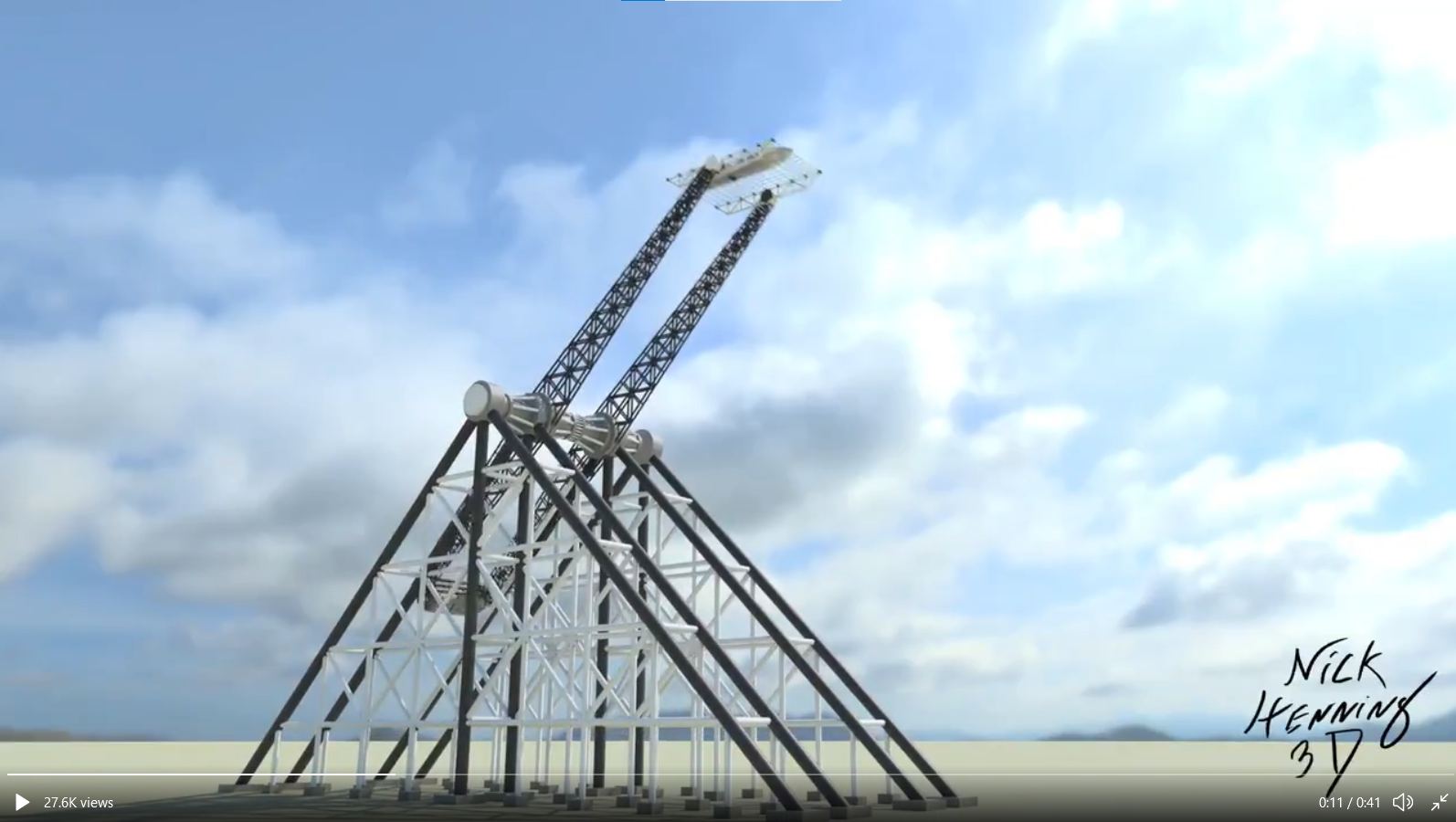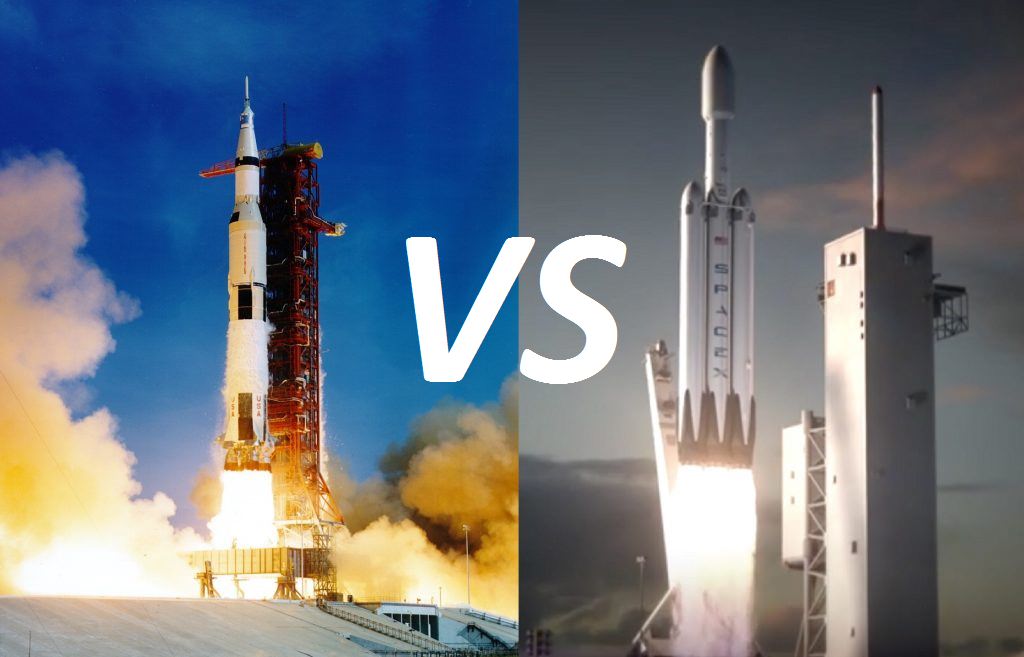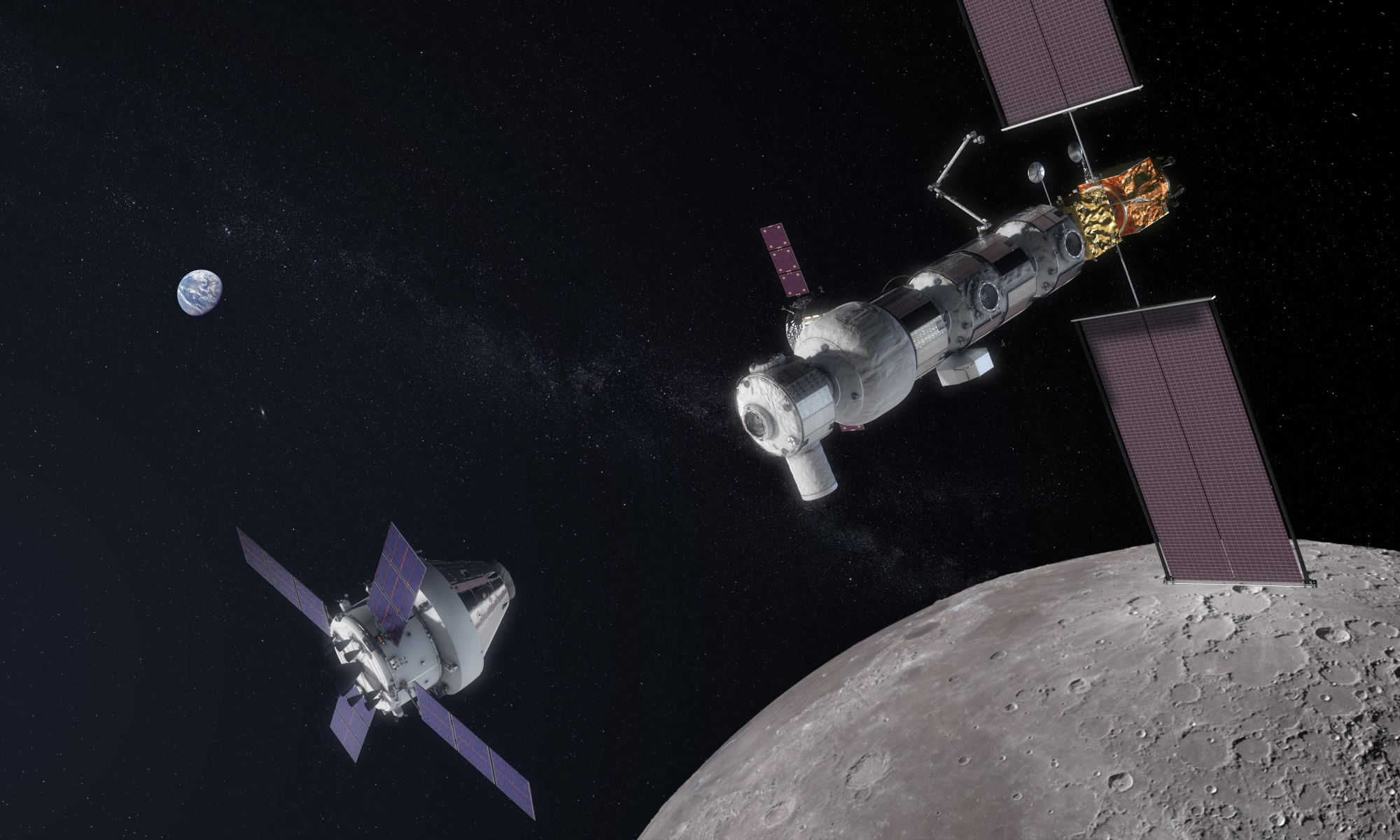Rocket launches seem to have become a bit mundane for many these days yet the odd launch captures peoples imagination. One such launch took place on 29th December when a SpaceX Falcon Heavy rocket carried an uncrewed and autonomous craft into orbit. The configuration of the Falcon Heavy was such that the boosters landed safetly but the central booster was setup as expendable to carry the plane to its heighest altitude yet but its mission remains a mystery.
Continue reading “Falcon Heavy Launches Space Force’s Mysterious X-37B Space Plane”Reusable Rockets Could Fly Back to Their Launch Sites With Wings
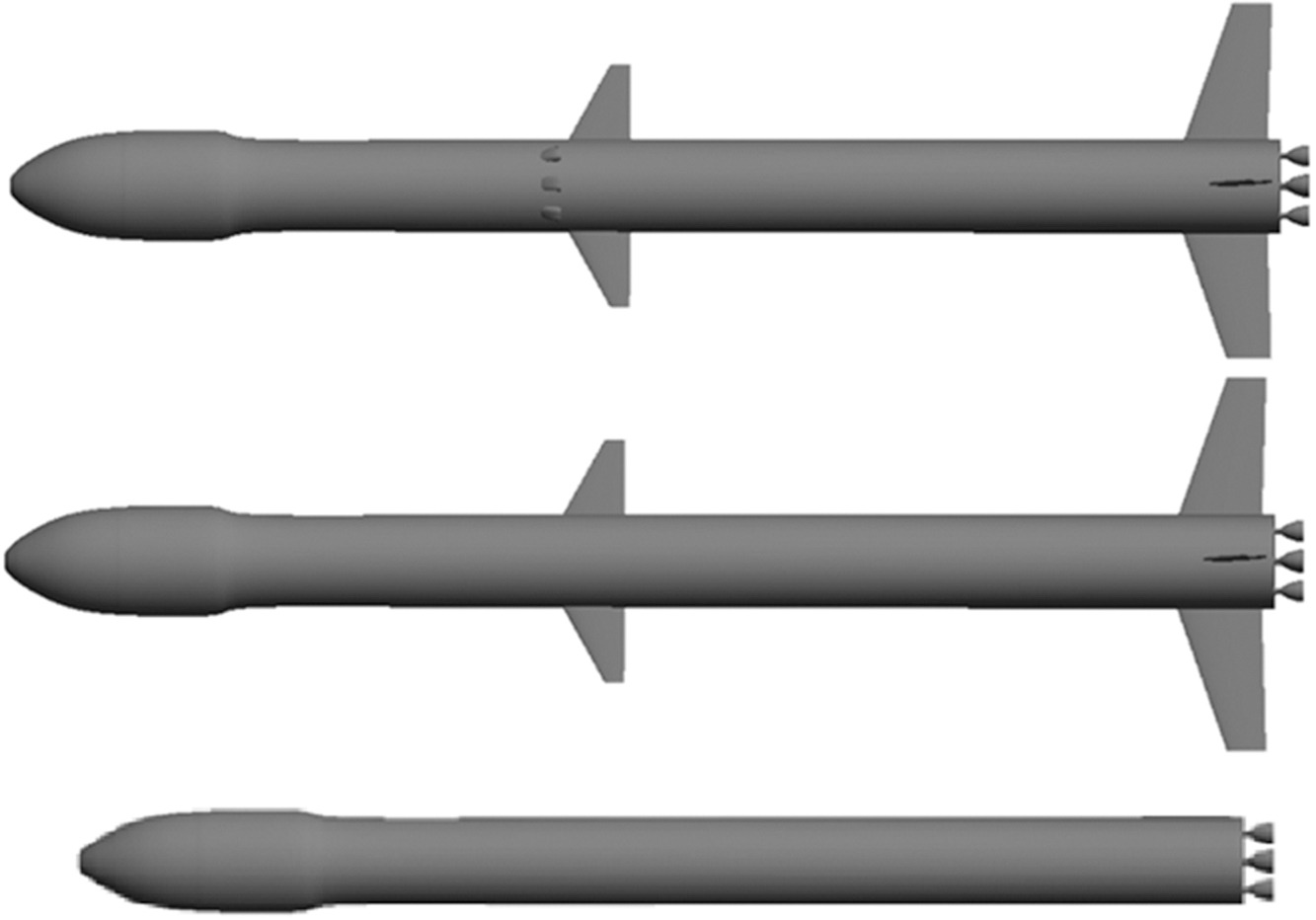
Reusable launch vehicles have been a boon for the commercial space industry. By recovering and refurbishing the first stages of rockets, launch providers have dramatically reduced the cost of sending payloads and even crew to space. Beyond first-stage boosters, there are efforts to make rockets entirely reusable, from second stages to payload fairings. There are currently multiple strategies for booster recovery, including mid-air retrieval using helicopters and nets. Still, the favored method involves boosters returning to a landing pad under their own power (the boost-back and landing maneuver).
This strategy requires additional rocket propellant for the booster to land again, which comes at the expense of payload mass and performance for the ascent mission. As an alternative, researchers from the National Office Of Aerospace Studies And Research (ONERA) propose two new types of strategies that would allow boosters to return to their launch site. These are known as “glide-back” and “fly-back” architectures, both of which involve boosters with lifting surfaces (fins and wings) performing vertical takeoff and horizontal landing (VTVL) maneuvers.
Continue reading “Reusable Rockets Could Fly Back to Their Launch Sites With Wings”Falcon Heavy Launches for the First Time in Over Three Years, Carrying Military Satellites to Orbit

SpaceX launched its gigantic Falcon Heavy rocket for the first time in more than three years, sending satellites for the military to orbit. The rocket took off amid heavy fog at Kennedy Space Center on Tuesday, November 1, and a few minutes later two booster segments returned to Earth, sticking the side-by-side landings back at Cape Canaveral.
Continue reading “Falcon Heavy Launches for the First Time in Over Three Years, Carrying Military Satellites to Orbit”Nancy Grace Roman Will be Launching on a Falcon Heavy Rocket
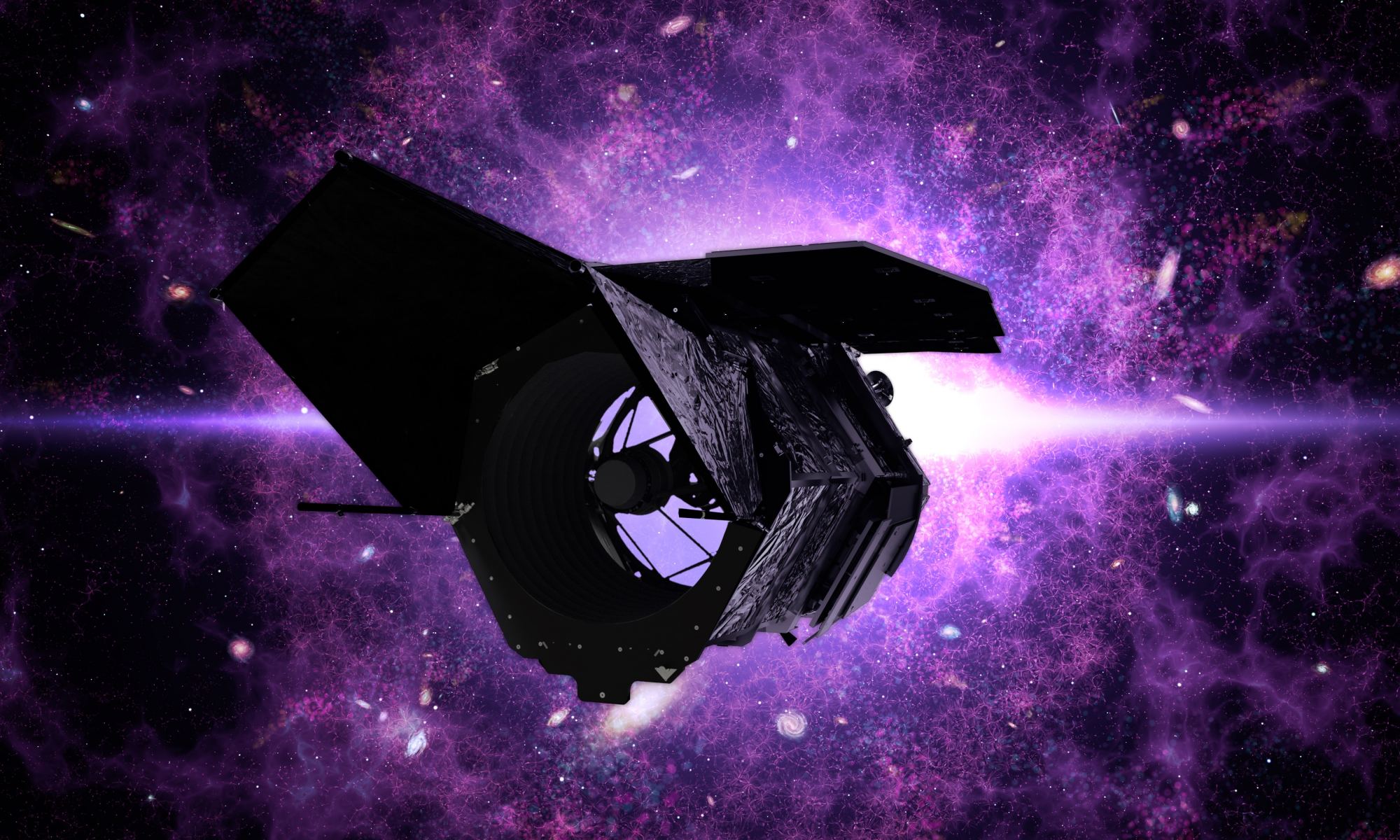
In 2026, the Nancy Grace Roman Space Telescope (RST) – aka. the “Mother of Hubble” – will take to space and begin addressing some of the deepest mysteries of the Universe. This will include capturing the deepest field images of the cosmos, refining measurements of the Hubble Constant (aka. Hubble’s Law), and determining the role of Dark Matter and Dark Energy in the evolution of the cosmos. Alongside its next-generation partner, the James Webb Space Telescope (JWST), the RST will acquire infrared images with over 200 times the surveying power of its predecessor with the same rich level of detail.
On Tuesday, July 19th, NASA announced that it had awarded SpaceX with a Launch Services (NLS) II contract to provide the rocket that will deploy the RST mission to space. As specified in the NLS II, the launch will take place in October 2026 (May 2027, at the latest) and consist of a Falcon Heavy rocket transporting the RST from Launch Complex 39A at NASA’s Kennedy Space Center to orbit. This indefinite-delivery/indefinite-quantity contract is valued at approximately $255 million and covers the launch and other mission-related costs.
Continue reading “Nancy Grace Roman Will be Launching on a Falcon Heavy Rocket”NASA Chooses Falcon Heavy Over SLS to Launch Europa Clipper, Saving About $2 Billion
The bureaucracy of government control is slowly fading away in space exploration, at least in the US. A series of delays, cost overruns, and imposed requirements have finally started taking its toll on the Space Launch System (SLS), the next generation NASA rocket system. Now, the space agency has finally conceded a point to the commercial launch industry. It has elected to use Space X’s Falcon Heavy to launch one of its upcoming flagship missions – Europa Clipper.
Continue reading “NASA Chooses Falcon Heavy Over SLS to Launch Europa Clipper, Saving About $2 Billion”What if Starship Didn’t Do a Landing Burn at All?
Thanks to Musk’s preference for sharing his ideas directly with the public, SpaceX is inundated with all kinds of proposals from citizen scientists and space-exploration enthusiasts – some of which are practical and some outlandish. This latest proposal definitely straddles these two categories! In an animation shared via Twitter, 3D digital artist Nick Henning offered an alternative vision for a SpaceX tower that could “catch” the Super Heavy.
Continue reading “What if Starship Didn’t Do a Landing Burn at All?”NASA has Decided to Start Building the Lunar Gateway Using the Falcon Heavy
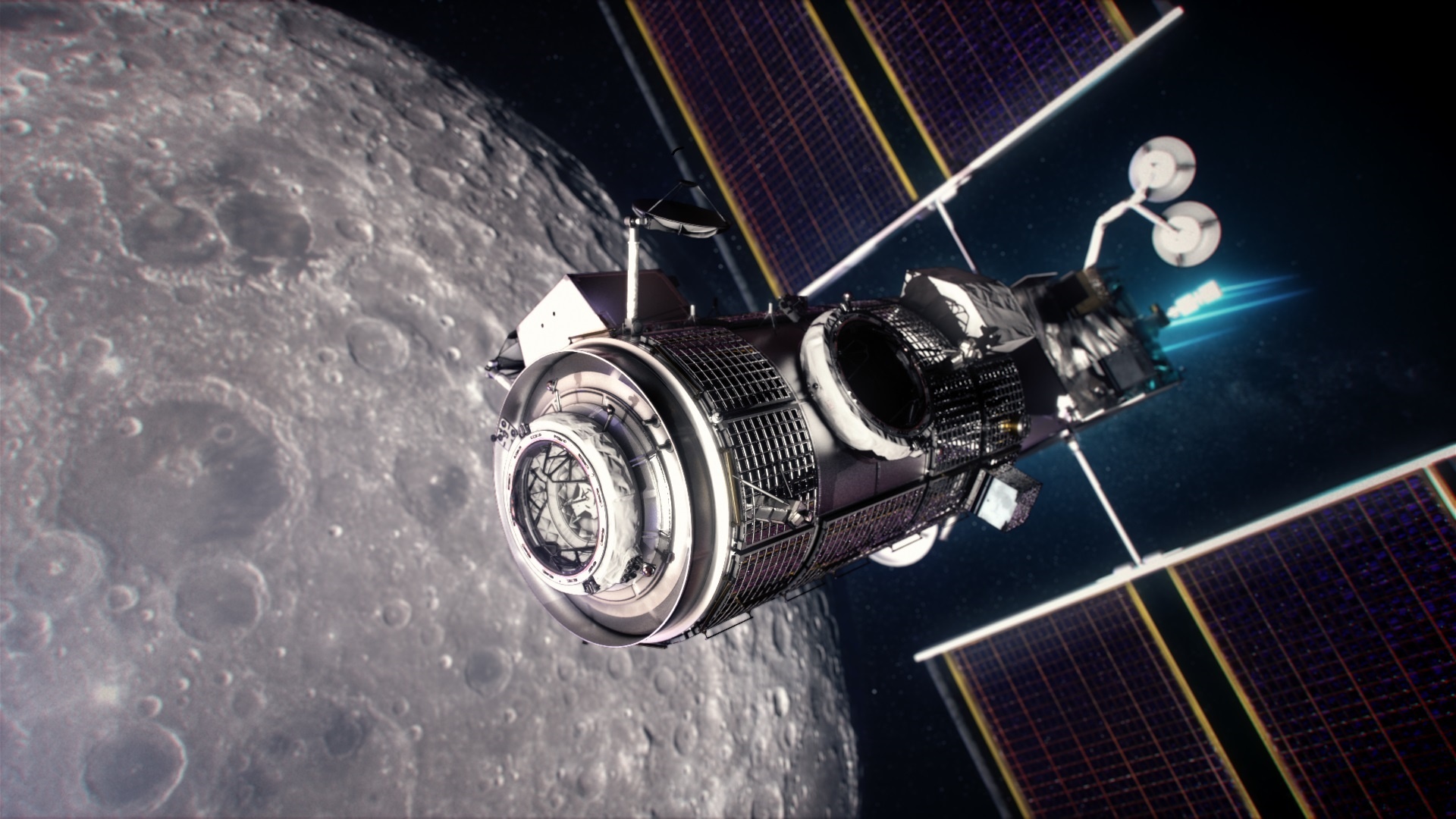
In October of 2024, NASA will send “the first woman and the next man” to the Moon as part of the Artemis Program. This will be the first crewed mission to the lunar surface, and the first mission beyond Low Earth Orbit (LEO), since the closing of the Apollo Era in 1972. Beyond that, NASA plans to establish infrastructure on and around the Moon that will allow for “sustained lunar exploration and development.”
A key aspect of this is the Lunar Gateway, an orbiting habitat that will allow astronauts to make regular trips to and from the lunar surface. After much consideration, NASA recently announced that they have selected SpaceX to launch the foundational elements of the Gateway – the Power and Propulsion Element (PPE) and the Habitation and Logistics Outpost (HALO) – by May of 2024 (at the earliest).
Continue reading “NASA has Decided to Start Building the Lunar Gateway Using the Falcon Heavy”Starman Just Made his Closest Approach to Mars
On February 6th, 2018, SpaceX successfully launched its Falcon Heavy rocket, the most powerful launch vehicle in their rocket family, and in service today. Not only was this a major milestone for SpaceX, it was also the biggest public relations coup ever orchestrated by Musk. For this launch, Musk decided that the payload would be his cherry Tesla Roadster with a SpaceX spacesuit (affectionately named “Starman”) at the wheel.
Those who watched the live footage of the event (or caught the compilation video released shortly after) are not likely to forget Starman and the Roadster orbiting Earth as David Bowie played in the background. At the time, it was also anticipated that Starman and the Roadster would eventually make a close pass of Mars. Two years after launch, Starman finally accomplished a flyby of the Red Planet!
Continue reading “Starman Just Made his Closest Approach to Mars”If Rockets were Transparent: Video Shows You How Rockets Use up Their Propellant
I always remember hearing the comparison of how the Space Shuttle’s main engines would drain an average family swimming pool in under 25 seconds. Or that the Saturn V used the equivalent of 763 elephants of fuel. But just how much fuel does a rocket burn during its ascent to orbit? As you might expect, the amount varies with different rockets.
A great new video provides an incredible visual of how much fuel is burned by four different rockets, from launch to the various stage separations by showing what rocket launches would look like if the rockets were completely transparent.
Continue reading “If Rockets were Transparent: Video Shows You How Rockets Use up Their Propellant”Lunar Gateway Could be Built With the Falcon Heavy
In March of 2019, NASA was directed by the White House to land human beings on the Moon within five years. Known as Project Artemis, this expedited timeline has led to a number of changes and shakeups at NASA, not the least of which has to do with the deprioritizing of certain elements. Nowhere is this more clear than with the Lunar Gateway, an orbital habitat that NASA will be deploying to cislunar space in the coming years.
Originally, the Gateway was a crucial part of the agency’s plan to create a program of “sustainable lunar exploration.” In March of this year, NASA announced that the Lunar Gateway is no longer a priority and that Artemis will rely on an integrated lunar lander instead. However, NASA still hopes to build the Gateway, and according to a recent interview with ArsTechnica, this could be done with the help of SpaceX and the Falcon Heavy.
Continue reading “Lunar Gateway Could be Built With the Falcon Heavy”
